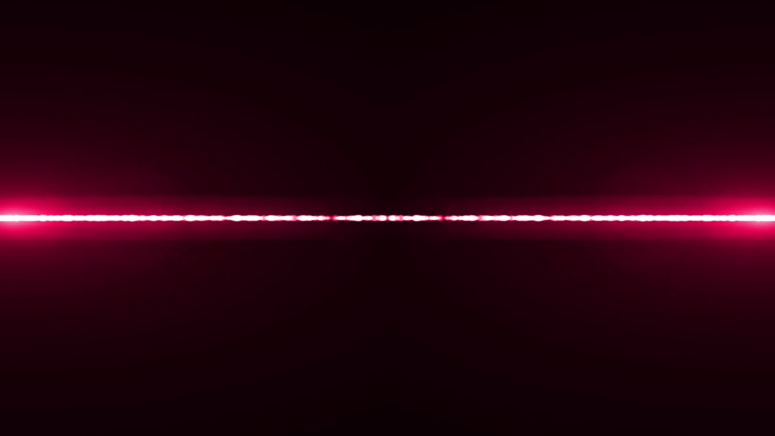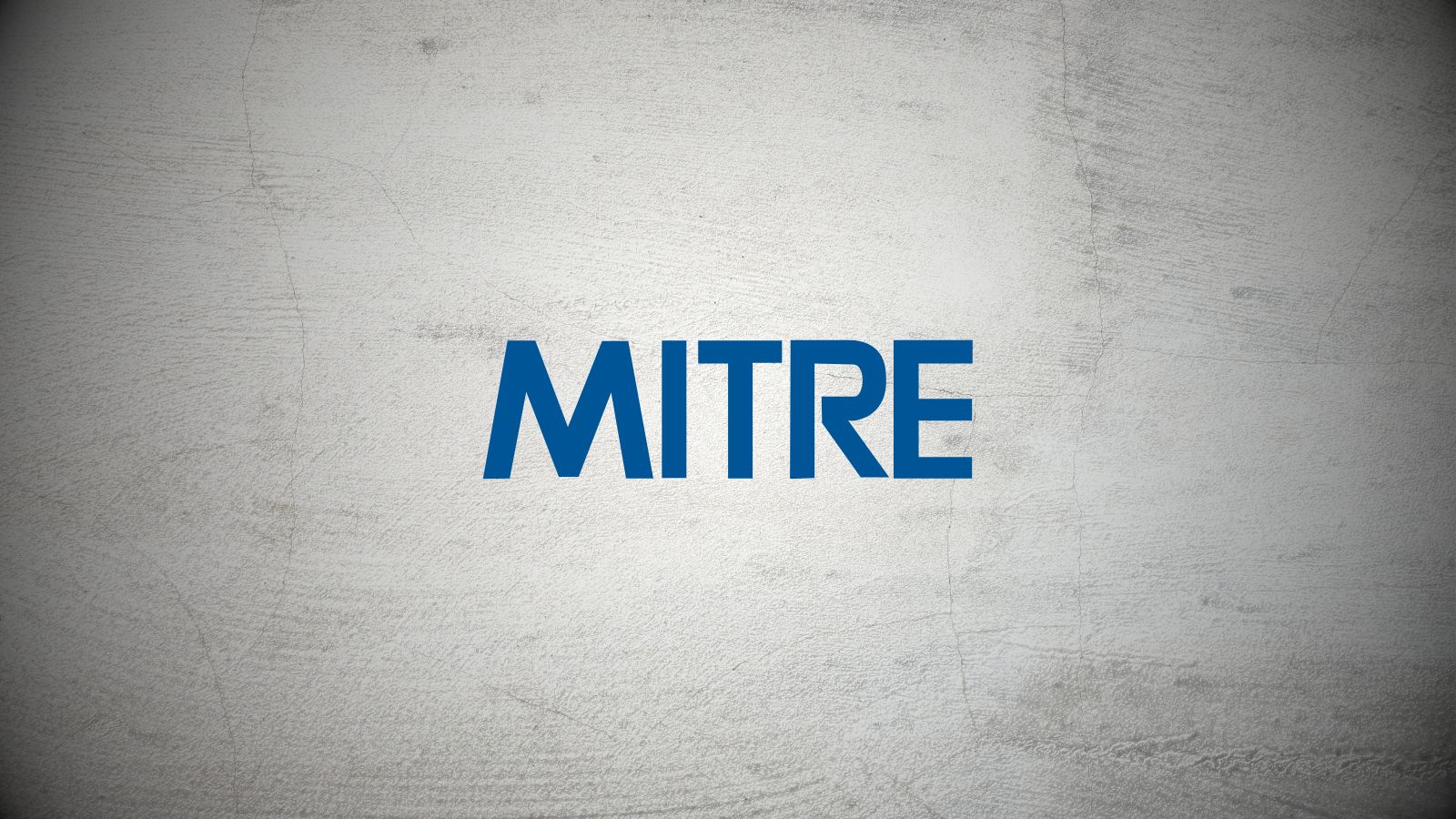
MIT Presents a Highly-Targeted Audio Transmission System Based on Lasers
- MIT researchers have developed a technique to send audio over the air and to a specific person’s ear.
- The first tests yielded promising results, while more demanding tests are planned for the next step.
- The laser used is safe for targeting on people, while the utilization potential of this system covers a broad spectrum.
MIT’s Optical Society has presented the latest work of their Lincoln Laboratory researchers which is focused on the targeted transmission of audio through the use of lasers as reported by Engadget. From what was proven possible on the lab, speech, tones, and even music can be transmitted to the ear of a person that is far away from the source, and not be heard by others around that person. The technology is based on the photoacoustic communication method that offers a means to encode sound on a modulated laser beam and then make it audible near the receptor’s ear by taking advantage of its absorption by the moisture that is present in the atmospheric air.
The researchers have used water vapor for their tests, and only transmitted the audible signals (60 decibels) to a person that sat at a distance of 2.5 meters (8 feet). However, they point out that the range could be much larger, and that no water vapor is absolutely essential for the transmission to work, as there’s always enough moisture in the air and especially around a person, even in dry environments. The researchers experimented with photoacoustic spectroscopy to develop a way to perform chemical composition detection with lasers and figured out that light absorption leads to the generation of sound.
What is very interesting in this technique is that it allows a great extent of control to the person who generates and directs the sound. For example, the length of the laser sweeps can be adjusted to encode different sound frequencies, and so the signal is audible only when it reaches the specific target distance. What this means is that even if someone else passes through the laser beam in between the sender and the receptor, there will be no audible sound to capture. The team tested both sweeping and power modulation, with the first leading to better light absorption and louder audio, while the latter featured higher fidelity. As the researchers explain, the laser that they use for this purpose is a 1.9 μm thulium one that is safe for the eyes and skin of people.
To prove that their new system is commercially viable, the team will organize outdoor tests and point the laser too much longer distances. If it works, which the team of scientists has no reason to dispute right now, it will open up a whole world of application possibilities, from offering help to secret agents without risking their concealing to distributing sound to listeners on demand without the need for them to wear any earpieces. Of course, the technical limitations of photoacoustic communication are still not fully explored and thus clearly determined, but with more experimentation will come more optimization as well.
Are you excited to see the developments in photoacoustic communication? Do you believe that we could see real products taking advantage of this new technology soon? Let us know in the comments below, and don’t forget to check all of the latest news on our Facebook and Twitter portals.






